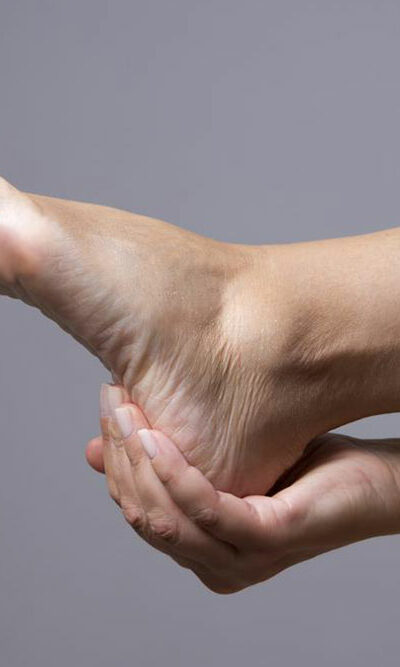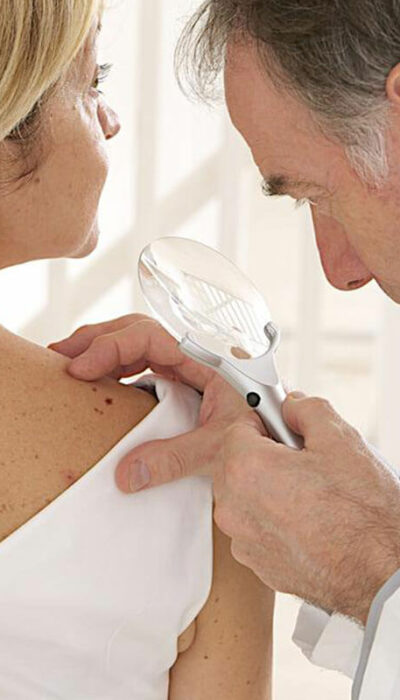
A Guide to the Best Plantar Fasciitis Insoles
Plantar fasciitis is a common condition that affects several thousand people in the country. This painful condition that affects the heel of the foot can cause great discomfort and impairs the daily functioning of a person. Wearing the right plantar fasciitis insoles can go a long way in alleviating symptoms and living a normal life. What Is Plantar Fasciitis? First, let’s take a look at this common condition and understand its causes, signs, and symptoms. Plantar fasciitis is characterized by pain and inflammation in the band of tissue that connects a person’s heel to the toes. It is caused due to extreme stretching or tearing of this band of tissue that provides support to the arch on a person’s heel. This is where plantar fasciitis insoles can provide relief and help a person walk normally. The most common symptoms of plantar fasciitis are intense pain near the heel that usually worsens after waking up in the morning, after long periods of standing on your feet, and when you rise up after sitting for a long time. A person generally does not experience pain during exercise but there may be a pain right after. This condition is generally seen in runners, ballet dancers or individuals who participate in activities that put pressure on the heels. People who are obese, individuals who do not wear shoes with adequate support, those who regularly wear high heels, and people with flat feet are at a higher risk of developing this condition. People whose jobs tend to keep them on their feet are also vulnerable. Plantar fasciitis is more common in women, but men can also develop it. How Is Plantar Fasciitis Treated? This condition is self-diagnosable, but it is best to consult a doctor about the severity of the condition. A physical examination of the affected area and some imaging tests may be required to point out the exact location of the pain and inflammation.










